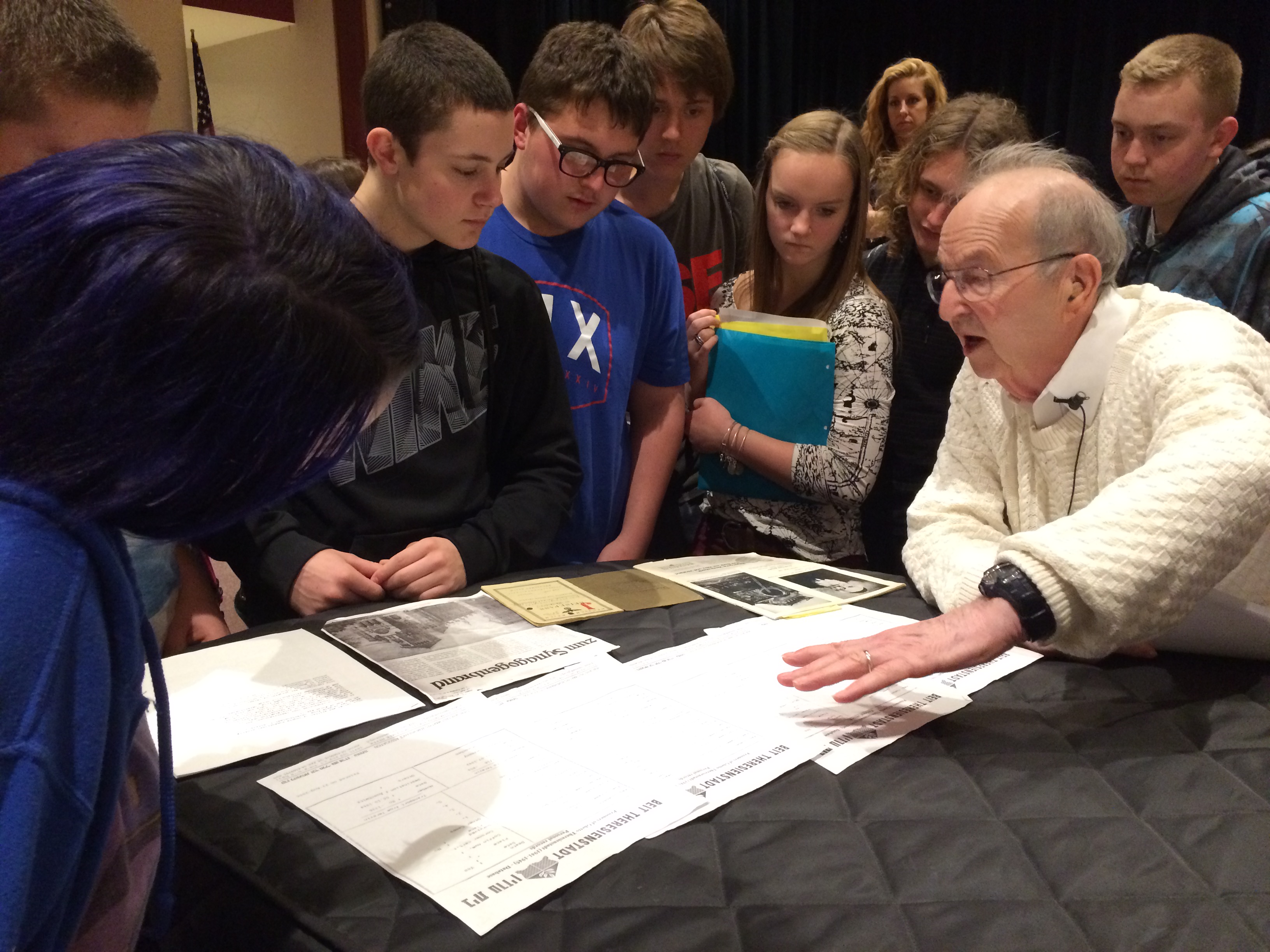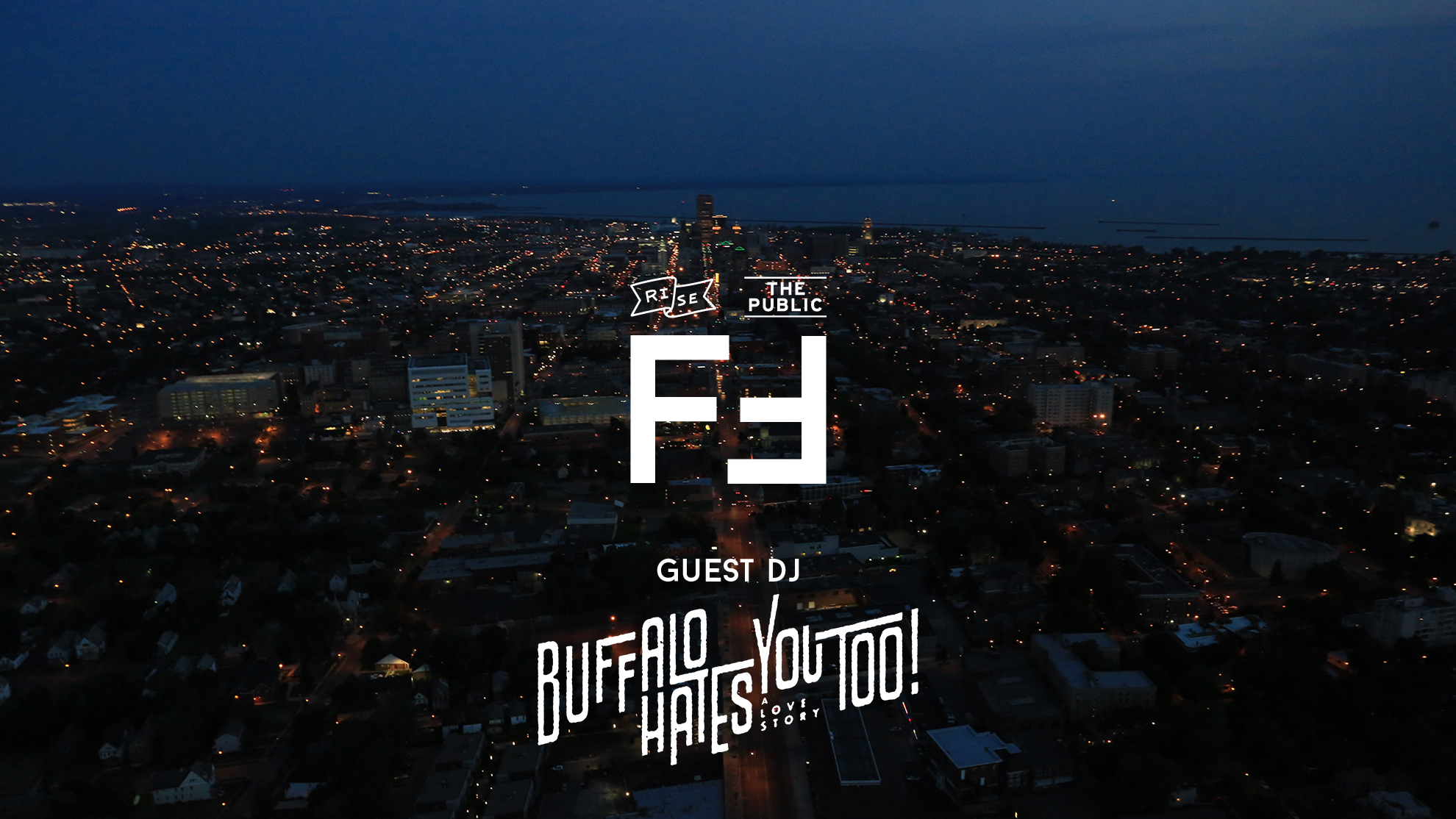Written by contributor Vilona Trachtenberg
All photos courtesy Holocaust Resource Center of Buffalo
Initial Photo: Dr. Herman Stone speaking to students
“…it is the young generation that is planning for the present and the future and I believe they can change our global community.”
It was 1999 in Tonawanda, NY.
Bill Eisen noticed his neighbor digging trenches in his yard to plant bushes.
He crossed the street to visit and simply asked what his neighbor was doing.
The neighbor replied.
“I’m preparing to finish the job that the Germans didn’t do on you people.”
Eisen survived six concentration camps during the Holocaust.
–
Reed Taylor heard the story of that neighborhood encounter from Eisen three hours later. Taylor, a longtime friend of Eisen’s, was at Eisen’s house to calm his nerves for a Buffalo News article for which he was about to be interviewed, where Eisen talked about his experience in the Holocaust and the difficulty of emigrating to Western New York after those experiences. Eisen pointed his neighbor out to Taylor from his house. Taylor had a glimpse into the anti-Semitic turmoil Eisen went through – turmoil through the lens of Eisen’s window.
The 84-year-old Taylor, was also a former high school English teacher at Amherst High School and had been a part of a group of people that wanted to give proper education on the lessons of the Holocaust. The goal of the group was to provide resources to counterbalance the lack of coverage of the Holocaust, sometimes written in only one paragraph in typical history books, and without much coverage in any other disciplines.
Education with a purpose – to prevent prejudices like Eisen faced.
Teaching people how to become upstanders – people who incite change when they see or hear something that is wrong – is a premise that the survivors, founders, staff and supporters of the Holocaust Resource Center of Buffalo (HRC) establish in the community with their work.
Taylor was one of the upstanders who helped jumpstart the HRC.
The HRC is a nonsectarian nonprofit formed in 1983 by a mix of Jewish and non-Jewish people; a church service Taylor attended was an important impetus into the beginning stages of the organization.
Taylor had been part of the Westminster Presbyterian Church in downtown Buffalo. In the early 1980s, he attended a service on Yom HaShoah, Holocaust Remembrance Day. The pastor delivering the sermon had been a resident in a village in Northern Israel created with the purpose of reconciling Arabs, Jews and Christians. Taylor’s pastor preached a sermon on the Christian basis of anti-Semitism, and challenged his congregation to see each everyone’s commonalities rather than perpetuated stereotypes.
Taylor decided to take on the challenge. He found his way to be an upstander.
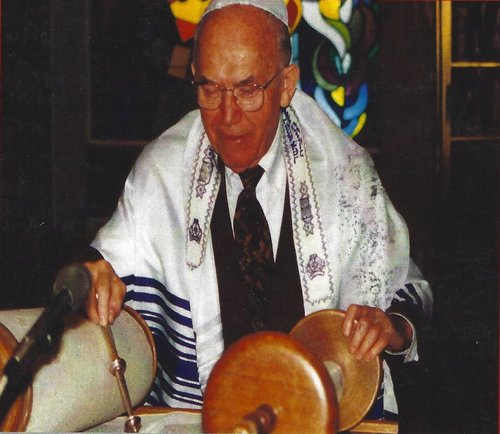
Taylor wanted to teach the Holocaust and wanted to provide resources for others to teach the Holocaust, but needed a guide. He sought the help of Toby Ticktin Back to help him in that mission. Back, official founder and first executive director of the HRC, is originally from Israel and helped found the Kadimah School of Buffalo, a local Jewish school.
Back had a project in mind of a resource center for teachers – lesson plans, specially chosen sets of books and the possibility of linking up with survivors.
Many people who were interested in this new project met in Back’s living room for a series of months. The HRC was born.
The group located space in a broom closet at the Jewish Community Center with one file cabinet, a little desk with a telephone, and no windows. The group had to walk sideways in the space to get to the one bookcase. But, the group had dreams, ideas, and an initial membership of 200 people supporting them.
When the HRC started, Back recorded an oral history of one-hour interviews of about 120 survivors, witnesses, prisoners of war and liberators living in the Buffalo area, according to a Buffalo News article. As other resources for teachers, they could sign out books about the Holocaust. A group of survivors joined to become the Speakers Bureau, and they began speaking to high schools and colleges regularly.
The HRC has since expanded and continues providing resources and programming to serve its mission of teaching the lessons of the Holocaust, remembering the survivors and victims, and promoting social justice, civic responsibility, and human rights.
Elizabeth Schram, 25, is the director of the HRC and strongly believes in the work she continues to do, decades after the center came to fruition.
“The HRC is important because it’s keeping these stories alive,” Schram said. “A lot of survivors have passed away so this is a way to continue their legacies on. It’s important that survivors tell their stories, because they all have lessons to them.
“By survivors sharing their stories, students can really understand how this started and how it was gradual. It started with hate and the choices that people made throughout the 1930s and ‘40s and how it affected peoples’ lives in so many ways.”
According to Schram, The HRC has picture books for elementary school teachers, curriculum resource guides, printed testimony and packets of Buffalo survivors, newspaper clippings from the 1930s, an album of firsthand photos of the liberation of Dachau and more. The HRC also presents workshops to educators on best practices for teaching the Holocaust, provides trips to Washington D.C. museums for teacher trainings, holds commemoration events and coordinates different lectures. The HRC also holds an Arts & Writing Contest for middle and high school students to express their feelings about the Holocaust through creative ways.
According to HRC records, there are 28 Holocaust survivors currently living in the Buffalo area and eight of those survivors are part of the Speakers Bureau, which continues to be a mainstay of the HRC. During the 2018 and 2019 school year, survivors spoke at 41 locations, to 5,221 students and adults.
One of those speakers is Sophia Veffer.
In Feb. 2019, students from Casey Middle School portrayed different upstanders from various backgrounds and countries, united by taking action when they saw immorality. Each student read a monologue of the accomplishments of upstanders like Oskar Schindler and Miep Gies.
Veffer, a 90-year-old former special education teacher and contemporary of Anne Frank, sat in the center of the students on the stage ready to tell her story of her experience during the Holocaust. But, she isn’t one to tell about the tumult and details of her survival.
In fact, she didn’t talk much about herself at all.
She has another method in mind to help students realize the potential they have to become upstanders.
“The reason I’m here is that right now, you’re bystanders,” Veffer said. “By the time I’m finished and you leave this auditorium, you will be upstanders.’”
When Veffer speaks to students, she ties the lessons of the Holocaust to the world they live in today, since other human rights atrocities are still happening with genocides, school shootings and synagogue attacks. She also realizes the plights of thousands of refugees that flee their countries because of intolerance toward race, religion and opposition to government. She encourages students to stand up for others in the face of bullying.
“Most people are good and decent, and we should unite and become upstanders and start taking care of our communities and our neighbors and people who need some help in life,” Veffer said. “We should be the caregivers in our communities…it is the young generation that is planning for the present and the future and I believe they can change our global community.”
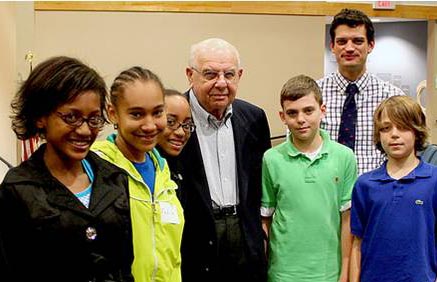
She knows the work she does through the HRC is important and that she needs to continue speaking out in the community in hopes of one day not having to do that anymore, in hopes that one day the lessons of the Holocaust would be completely learned and used to perpetuate a more tolerant future.
“If the HRC would close its doors, if we don’t have to [continue], that means we succeeded,” Veffer said.
But, in the present years, representatives of the HRC ensure that type of education does continue.
While Taylor was still teaching, he continued the Holocaust education in his classroom by bringing more survivors to educate his students and provide testimony. Many of Taylor’s students had never met a Jew before.
For one of his classes, Taylor brought in survivor Joe Diamond to speak. As Diamond was giving his story, a ninth-grader in the class asked, “Mr. Taylor, when are we going to hear the other side of the story?”
Taylor was ripped up inside. Diamond took the microphone.
“I could be angry and bitter and I could hate the Germans…but I didn’t waste my time feeling anger and bitterness toward the German people,” Diamond said. “I don’t reject your question…I appreciate your being in the course and opening yourself up to what’s happening…so thank you for your question and I hope that you will sort this out when you have some time to think.”
When the class was over, both Taylor and Diamond fell apart.
“People in [Diamond]’s position…didn’t ask to be survivors, didn’t ask to be put through all of that,” Taylor said. “They turned around and became such great moral leaders and human examples and I feel very humbled that I could facilitate that exchange.”
Veffer and Taylor, among many other local Holocaust education pioneers, continue to work to further the HRC’s mission and establish deep-rooted and omnipresent lessons in morality for when Holocaust survivors are no longer able to tell their stories.
“Our mission is a mission of teaching, and what we’re teaching are lessons of the Holocaust, not just what happened,” Taylor said. “It would be a very shallow thing if we were just to reproduce the history. How can we avoid this happening again? How can we make ‘never again’ a reality?”
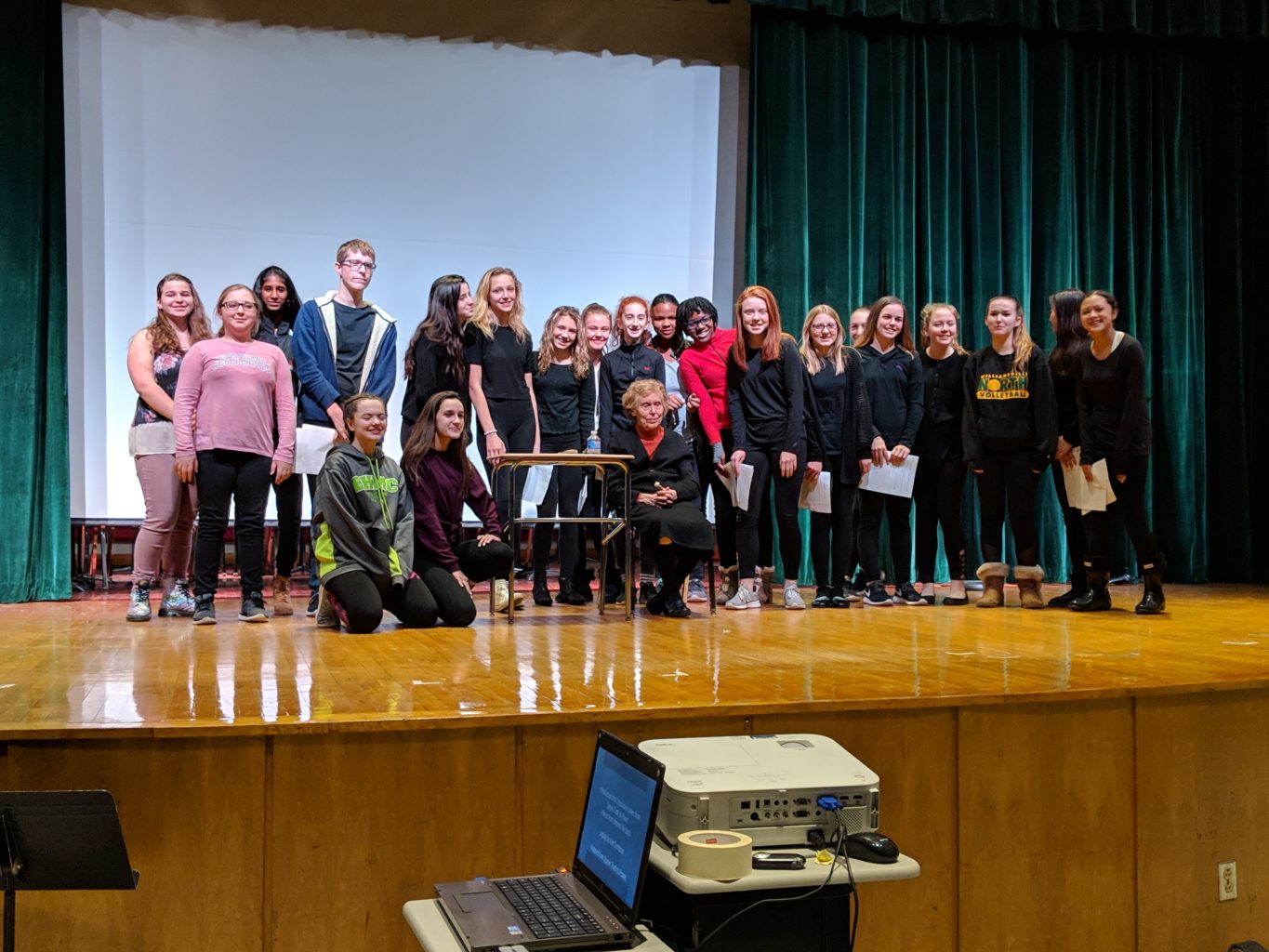
The Holocaust Resource Center of Buffalo is presenting two upcoming events in January to commemorate UN Holocaust Remembrance Day, honoring the 75th anniversary of the liberation of Auschwitz.
The first event on Wed. Jan. 22 will be a book talk by former Washington Post correspondent Jack Fairweather on his new release called The Volunteer: One Man, an Underground Army, and the Secret Mission to Destroy Auschwitz.
The second event on Mon. Jan. 27 will feature the story of Holocaust survivor, Joe Diamond, presented by his daughter Wendy.
More information about the events can be found here: http://www.hrcbuffalo.org/events
To learn more about the Holocaust Resource Center of Buffalo, request a speaker, learn more about local survivors or donate, please visit:
Website: http://www.hrcbuffalo.org/
Facebook: https://www.facebook.com/HRCBuffalo/
Instagram: @hrcbuffalo
To read the full Buffalo News article on Eisen from 1989, follow this link.

